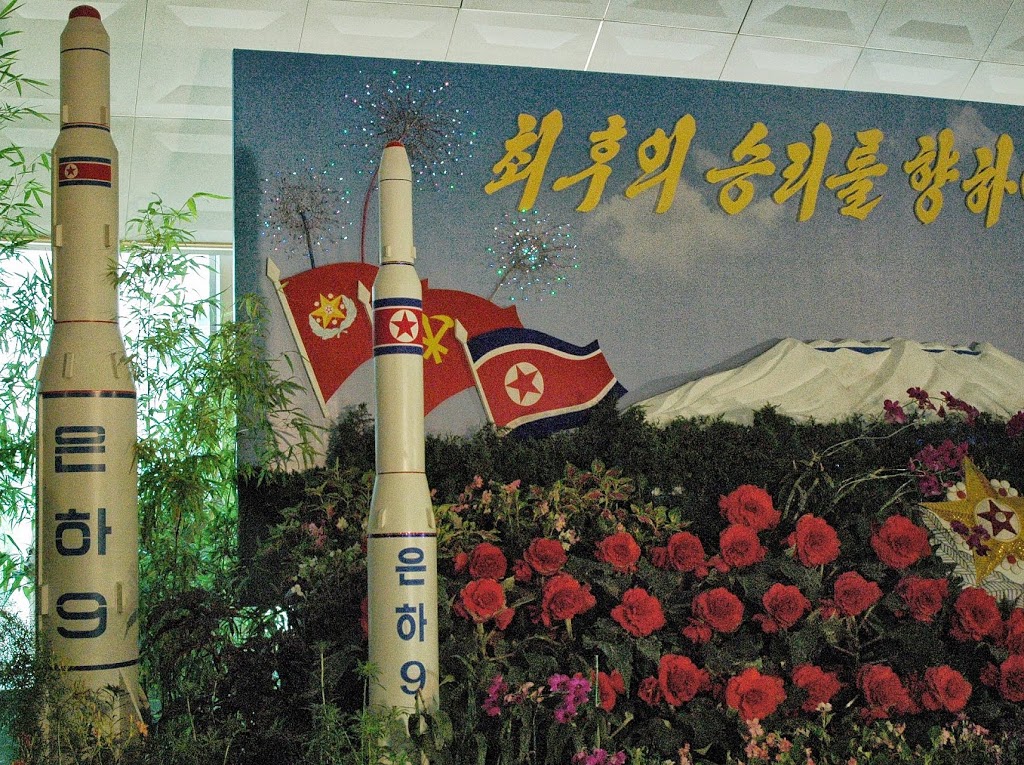North Korea on Monday fired two short-range ballistic missiles into the sea east of the peninsula.
It was the second test launch in three days, prompting Japan to request an emergency meeting of the U.N. Security Council.
The launches follow a warning Friday by North Korea to the U.S. and South Korea to not go through with upcoming military exercises, or Pyongyang would take “unprecedentedly constant, strong responses.”
In that same warning, North Korea’s Foreign Ministry also said it would consider military action if the U.N. Security Council—which it views as being pressured by the U.S.—continues to pressure Pyongyang.
South Korea’s military said it detected two missile launches Monday morning from a town on North Korea’s west coast. The launches were later confirmed by North Korean state media. Japan said both missiles landed in waters outside Japan’s exclusive economic zone and that no damage to aircraft or vessels in the area was reported, but they flew distances that suggest most of South Korea is within range.
North Korea is prohibited from any ballistic missile activity under a series of U.N. Security Council resolutions. The U.S. has tried to get the Security Council to pass additional measures, but North Korean allies China and Russia have prevented such efforts.
In 2022, North Korea conducted more than 70 missile launches—a reported record number for one single year. However, up until the launches of the past three days, Pyongyang had halted weapons testing activities following a short-range missile firing on January 1.
Monday’s test launches may be in direct response to a Sunday flight of U.S. military B-1B long-range, supersonic bombers for separate training with South Korea and Japan—which was itself a response to North Korea’s Saturday weapons test.
The U.S. Indo-Pacific Command said the latest launches highlight “the destabilizing impact” of North Korea’s unlawful weapons programs. It said the U.S. commitments to the defense of South Korea and Japan “remain ironclad.”


